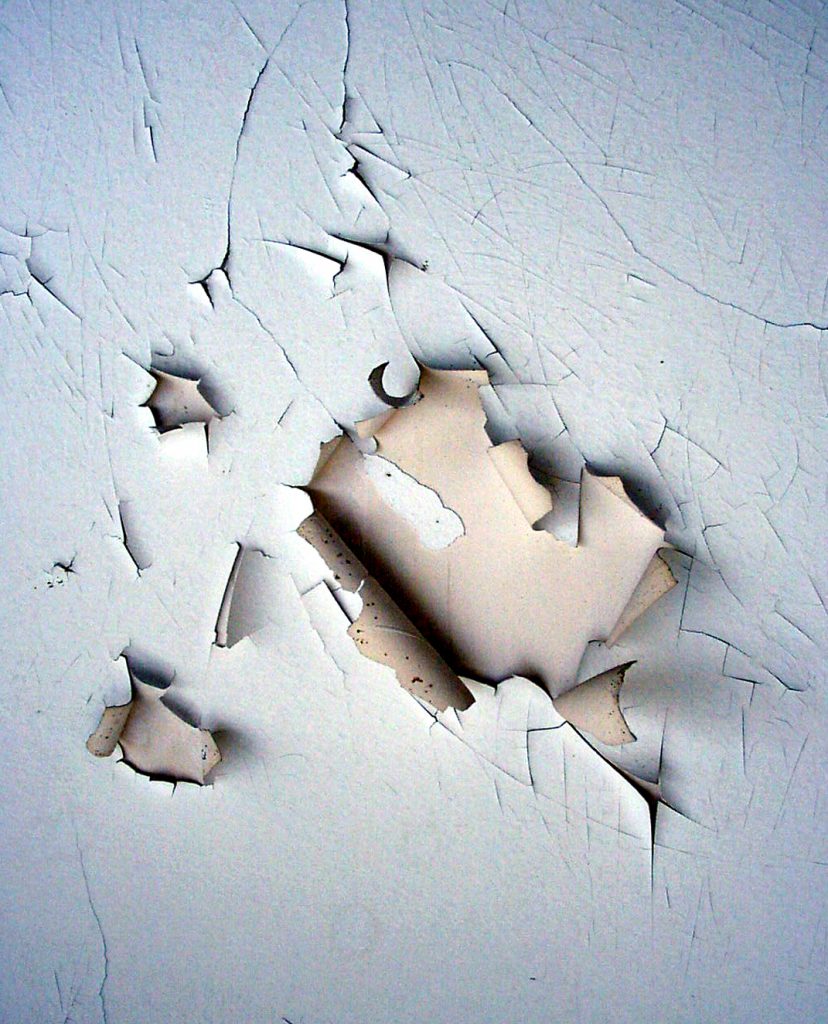How do you know if you have lead in your home?
The lead diagnosis, also known as CREP (constat de risque d'exposition au plomb), is one of the compulsory real estate diagnoses before the sale or rental of a property.
Il a pour objectif de déterminer la présence ou l’absence de plomb dans les revêtements du bien, à l’extérieur comme à l’intérieur de celui-ci.
Lorsque du plomb est détecté dans un bien immobilier, on en déduit qu’il est dans la peinture. La peinture au plomb ayant été autrefois très répandue, notamment en raison des propriétés isolantes de ce matériau. À noter que si la peinture au plomb est la source de plomb la plus connue, du plomb peut également être découvert dans les tapisseries.

How to recognise lead paint?
It is difficult to determine whether or not there is lead in the paint simply by looking at a wall with the naked eye. The best way to tell is to look for clues, especially on paint behind cupboards, along skirting boards or windows, areas often overlooked by homeowners. If the paint contains lead, there is a good chance that it is chipped in places. Similarly, if the paints are more than 30 years old, it is reasonable to assume that they will contain lead.
How can you detect lead in paint?
As a certified real estate diagnostician, we use a device to carry out the lead diagnosis that allows us to detect lead not only in old layers of paint, but also in the layers of paint underneath a wallpaper or wallpaper. In addition, this device makes it possible to measure the concentration of lead in the surface under examination.

How to get rid of lead paint?
If the lead diagnosis has determined a lead concentration above the regulatory threshold (1 mg/cm²), it is compulsory for the owner of the property to undertake work to eliminate the risk of exposure as quickly as possible.
Remediation work must be carried out in compliance with certain safety rules. As there are real risks of poisoning during this treatment, it is strongly recommended that the work be carried out by professionals who have the expertise and equipment necessary for such an undertaking.
How do you know if you have lead in your home?
Lead: risks and dangers
Lead is a material that can be very dangerous if inhaled or ingested: lead poisoning can have both short-term and long-term consequences. The first signs of lead poisoning are anaemia or digestive problems, but long-term exposure to lead can lead to irreversible damage (kidney failure, serious neurological problems, cancer, sterility, etc.). The risk is even greater for the elderly, pregnant women and young children, who are more vulnerable.
However, if the diagnostician has just told you that lead was present in your home, don't panic! Although lead is indeed dangerous, it is important to keep things in perspective. Indeed, to cause lead poisoning, lead must be ingested. The risk is therefore minimal for adults. If the paint in which lead has been detected is flaking or peeling, it is simply a matter of ensuring that the pieces remain out of reach of any young children. It may also be advisable to ventilate the house as much as possible to prevent further damage to the paint from damp.
Once these precautions have been taken, what should be done? While it is possible to cover the chipped area with a new coat of paint or a possible glued coating, it is often better to carry out restoration work.




